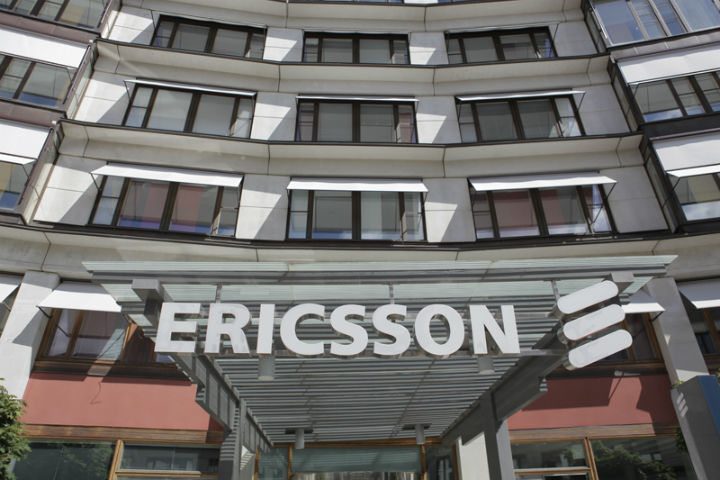5G standards are still undefined, but the companies involved in 5G research and standardization are already creating tools for next-generation networks. Today Ericsson said it is collaborating with IBM to design phased-array antennas for 5G networks.
Phased-array antennas can increase bandwidth by multiplying the number of sectors per cell site. Ericsson said that the goal of its research with IBM is to develop services that will enable a multitude of new services on the same frequency and offer data speeds that are competitive to existing cable and wired internet access speeds. The companies envision roughly 100 antennas and radios on a chip no bigger than a credit card.
“We are … working to solve the size barrier and look forward to developing antenna technology with IBM that will open up possibilities for new uses,” said Thomas Norén, head of product management for Ericsson’s radio unit, in a written statement. “We recently launched the industry’s most flexible small cell, which allows for concurrent use of multiple technologies. Even with its tablet-sized footprint, the form-factor was limited by components inside. This research collaboration will help us enable mobile network builds that provide the right coverage and capacity even in the densest urban environment.”
Subscribe now to get the daily newsletter from RCR Wireless News
“We have accumulated over 10 years of experience in developing radio frequency integrated circuit and packaging solutions, demonstrating highly integrated phased arrays for various applications,” said IBM Research’s Dr. Mehmet Soyuer, manager of the group’s communication and computation subsystems department. “We look forward to collaborating with Ericsson to help shape the future of mobile communications.”
Even though Ericsson does not expect adoption of 5G standards until 2020, the wireless network equipment giant says that some network needs are already clear. Advanced antennas will help support more mobile devices, as well as increase the data capacity of each device.
Follow me on Twitter.
